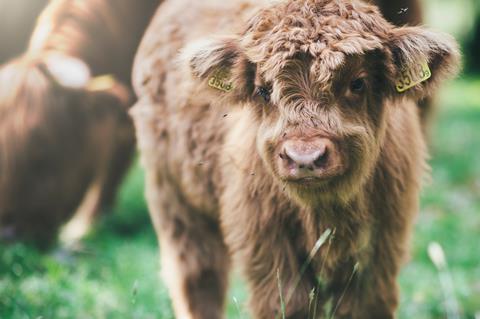
Brexit and 2018’s Beast from the East are threatening to cause disruption to future British beef supplies, analysts warn.
Prime beef supplies should remain “fairly good” until the end of 2019, with prime cattle slaughterings set to be broadly similar to last year, says AHDB analyst Duncan Wyatt. However, supplies will likely tighten towards the end of 2019 as the supply chain starts to feel the after-effects of the Beast from the East, he warns.
“The snow and wet conditions meant we lost a lot of calves that were born in the spring and we lost a lot of cows that were due to calve in autumn,” Wyatt adds. “So towards the end of the year we’ll start seeing numbers of animals that would have been finished around 16 to 18 months dip.”
Scottish calf registrations, meanwhile, have fallen to their lowest level since 2013, Quality Meat Scotland warned this week. In the short term, this would be offset by a year-on-year increase in the number of prime Scottish heifers being slaughtered in British abattoirs, suggested QMS director of economic services Stuart Ashworth.
However, the fact prime heifer slaughterings were at their highest level for more than five years suggested farmers facing Brexit uncertainty were not rebuilding breeding herds, he warned.
UK manufacturing beef production, meanwhile, is expected to dip this year. That could lead to a tightening of supply - especially if Irish beef imports face tariffs after Brexit - although trade data supports anecdotal evidence that processors have been stockpiling boneless frozen beef from Ireland to protect supplies, says Wyatt.
“If we have a soft Brexit or a deal turns up, it may be that the market is oversupplied for beef because all that stuff put in store as a Brexit contingency will have to come out,” he adds.







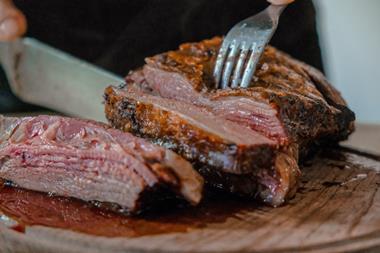

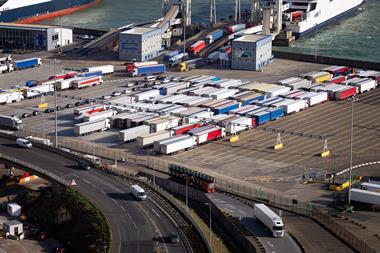


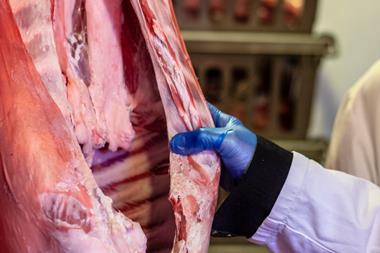

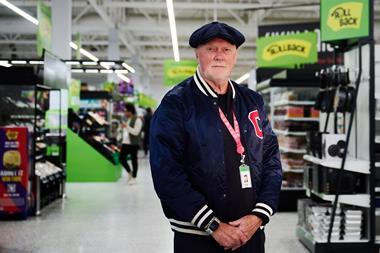




No comments yet